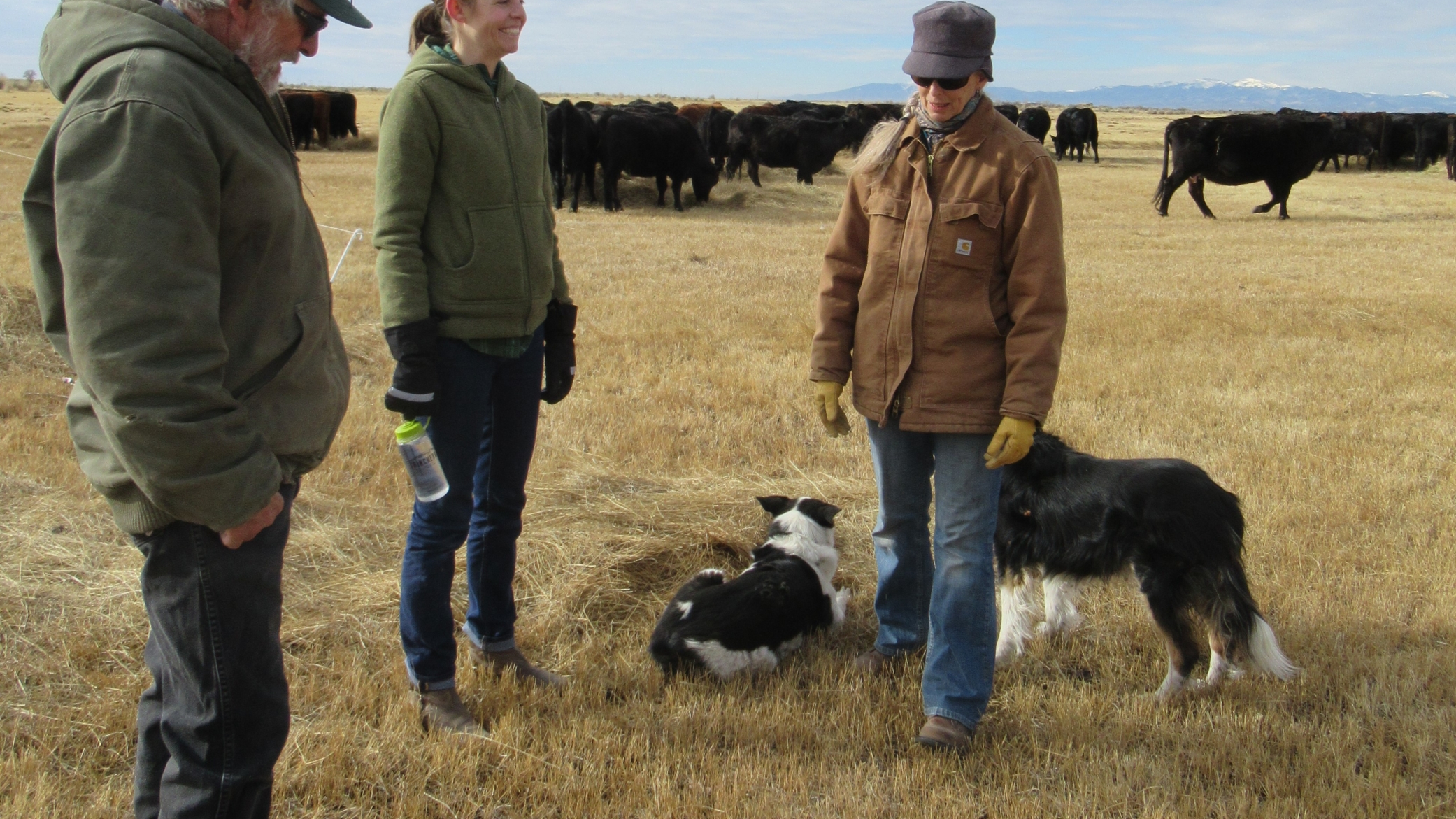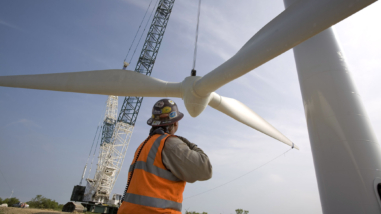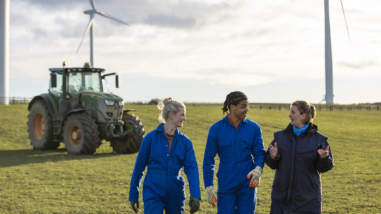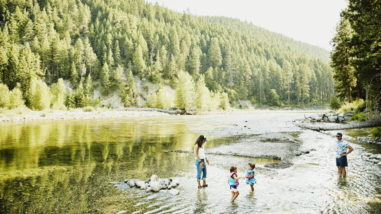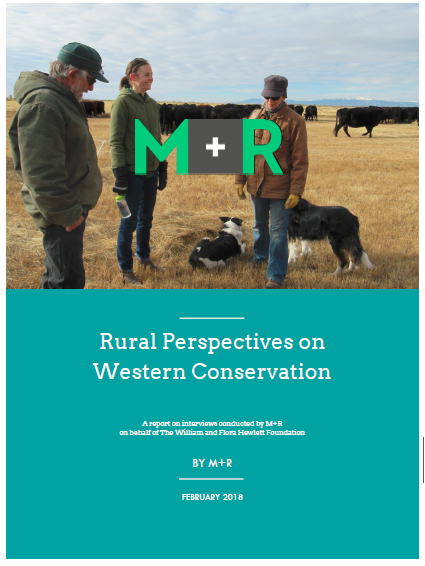 A lot has been written about the rural-urban divide in the United States, especially on the heels of the 2016 election. But not enough has yet been written about how rural communities are working harder than ever to sustain their way of life and ensure a vibrant future for the people and places they love – especially challenging in the face of economic and development pressures, an exodus of young people, shrinking agricultural profit margins, rising energy and health costs, water insecurity, and climate change.
A lot has been written about the rural-urban divide in the United States, especially on the heels of the 2016 election. But not enough has yet been written about how rural communities are working harder than ever to sustain their way of life and ensure a vibrant future for the people and places they love – especially challenging in the face of economic and development pressures, an exodus of young people, shrinking agricultural profit margins, rising energy and health costs, water insecurity, and climate change.
To this end, the Hewlett Foundation commissioned a report recently from M+R about best practices in advancing conservation with rural communities across the North American West. The authors spoke with Hewlett grantees, partners, rural community groups, and landowners and ranchers – taking the advice of a 2016 Center for Effective Philanthropy study that cited the importance of listening to community members.
The findings were not surprising but important to acknowledge, and include:
- Rural westerners, including Native communities, have a deep cultural connection to the land, and appropriately, may view themselves as stewards. They don’t want “help” from conservationists – they are conservationists (although they may not use that term!). Having spent a few days near the Klamath River this spring with members of the Yurok and Karuk tribes, I now understand that every river has its people.
- The leaders and messengers should be locals, and messages and outreach should both stem from and embrace the values and culture of a specific place. Interviewees said that successful Western conservation efforts result from taking the necessary time to learn what makes a place special.
- If you’re an advocate, don’t start with a predetermined solution in mind, and be mindful of economic outcomes and cultural norms. Advocates need to put in the necessary work with a community to jointly identify a conservation solution that would support livelihoods, respect local values, and protect natural and cultural resources.
These findings aren’t earth-shattering but too often inconsistent with how some of us work in the North American West. Conservation solutions that endure the winds of change will be those that facilitate the just, sustainable, and prosperous stewardship of our rivers, working landscapes, parks, monuments and other public lands across the West – for the benefit of people and nature. As part of the refresh of our Western Conservation grantmaking strategy, we are thinking deeply about how the Hewlett Foundation can play a role in encouraging community-driven, collaborative conservation that supports resilient rural economies.
It can be done. Just look at the ranchers partnering with state agencies, water providers, Trout Unlimited and others to improve water management for the benefit of both irrigated agriculture and fish while reconnecting habitat in a critical part of the Upper Colorado River. In another example, the extraordinary collaboration between ranchers, landowners, state and federal wildlife agencies, industry and conservationists in 11 states led to a 2015 agreement to conserve nearly 70 million acres of public and private land for grouse, big game and other species. As Wyoming rancher Pat O’Toole, president of the Family Farm Alliance, says in a report by grantee Partners for Conservation: “It’s the leanin’ against the pickup conversation where you let your guard down because you build up trust, that’s where the magic starts. This takes decades of trust building, rather than walking in and telling you what to do.”
That is the magic we’re after. Change happens not just with financial innovation, or technological innovation, or policy innovation – but with people. That means our grantmaking strategy needs to support the tools that fuel inclusive collaboration, and help to facilitate outcomes that strengthen rural economies, preserve biodiversity, and conserve the ecological integrity of the North American West. This is multi-generation work, so we also must keep an eye out for best practices like those mentioned here and do what we can to help both new and old collaboratives and coalitions across the West hear about and get renewed by others’ successes.
The M+R report is replete with inspiring quotes from interviewees, but to choose just one: “Sit down, ask good questions, and listen. Show value. Work out an approach together. Meet people where they are. Find out about their aspirations. Find some common ground.” This is good advice for advancing conservation outcomes, and probably too, a good way to live.

